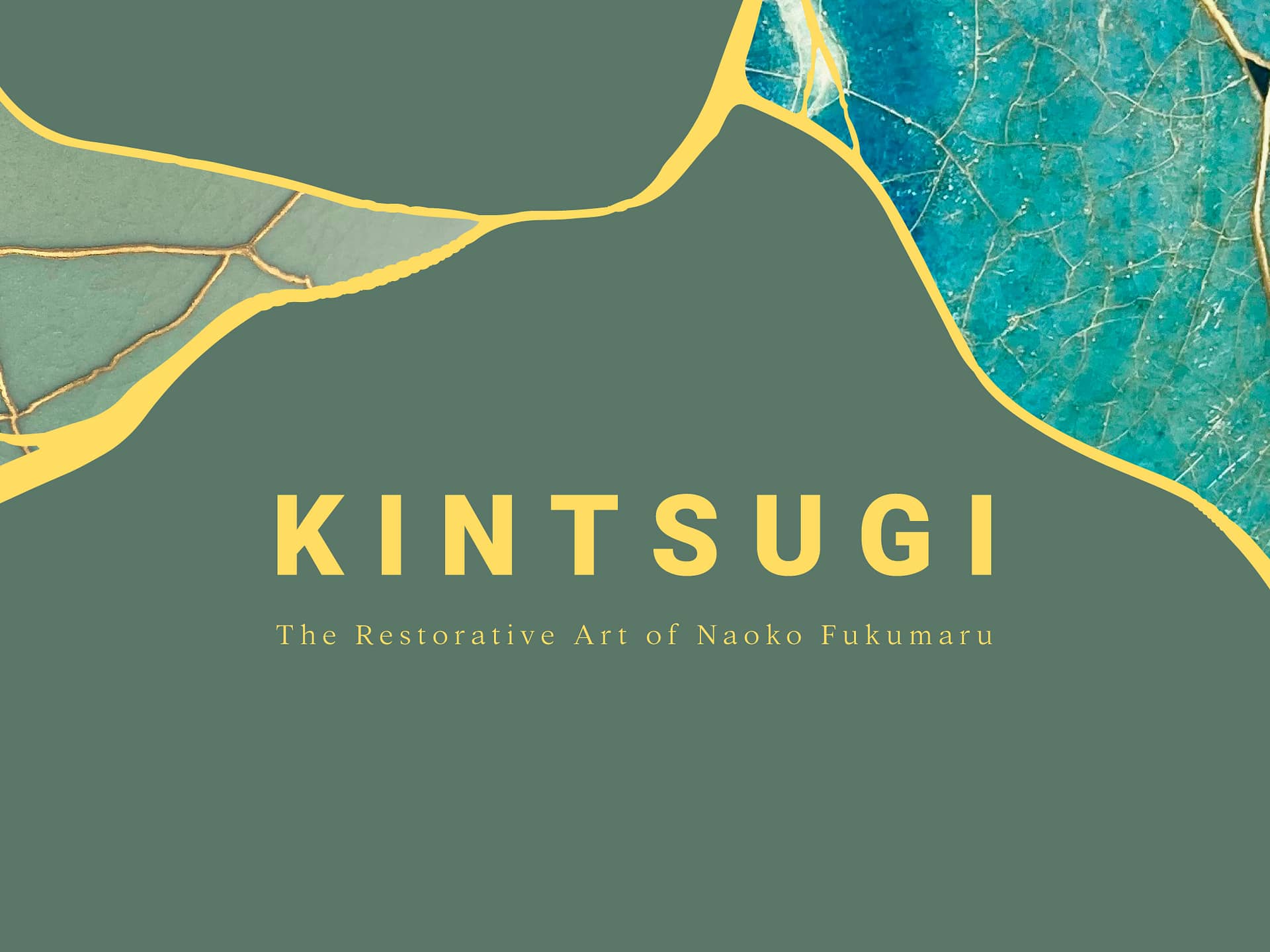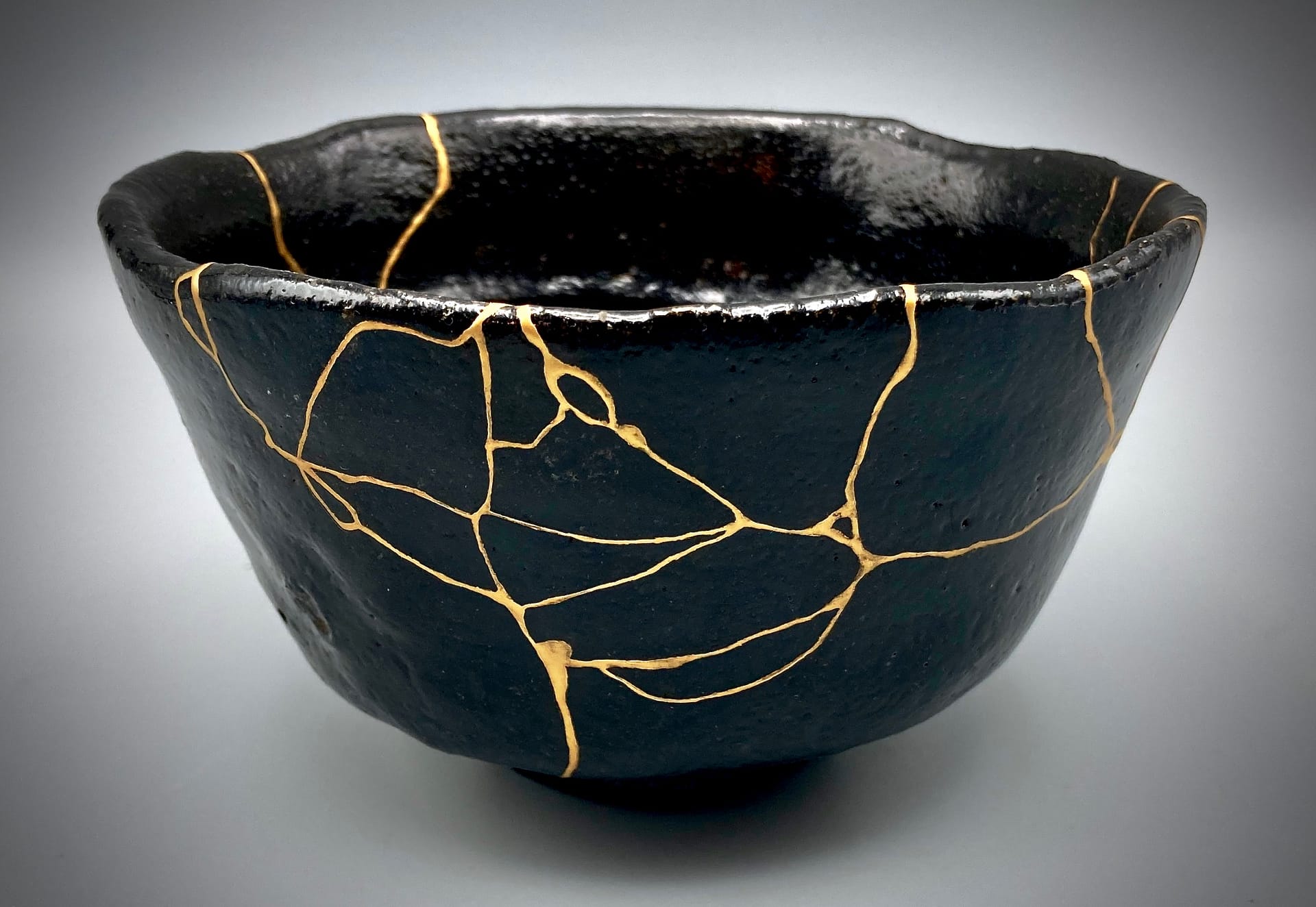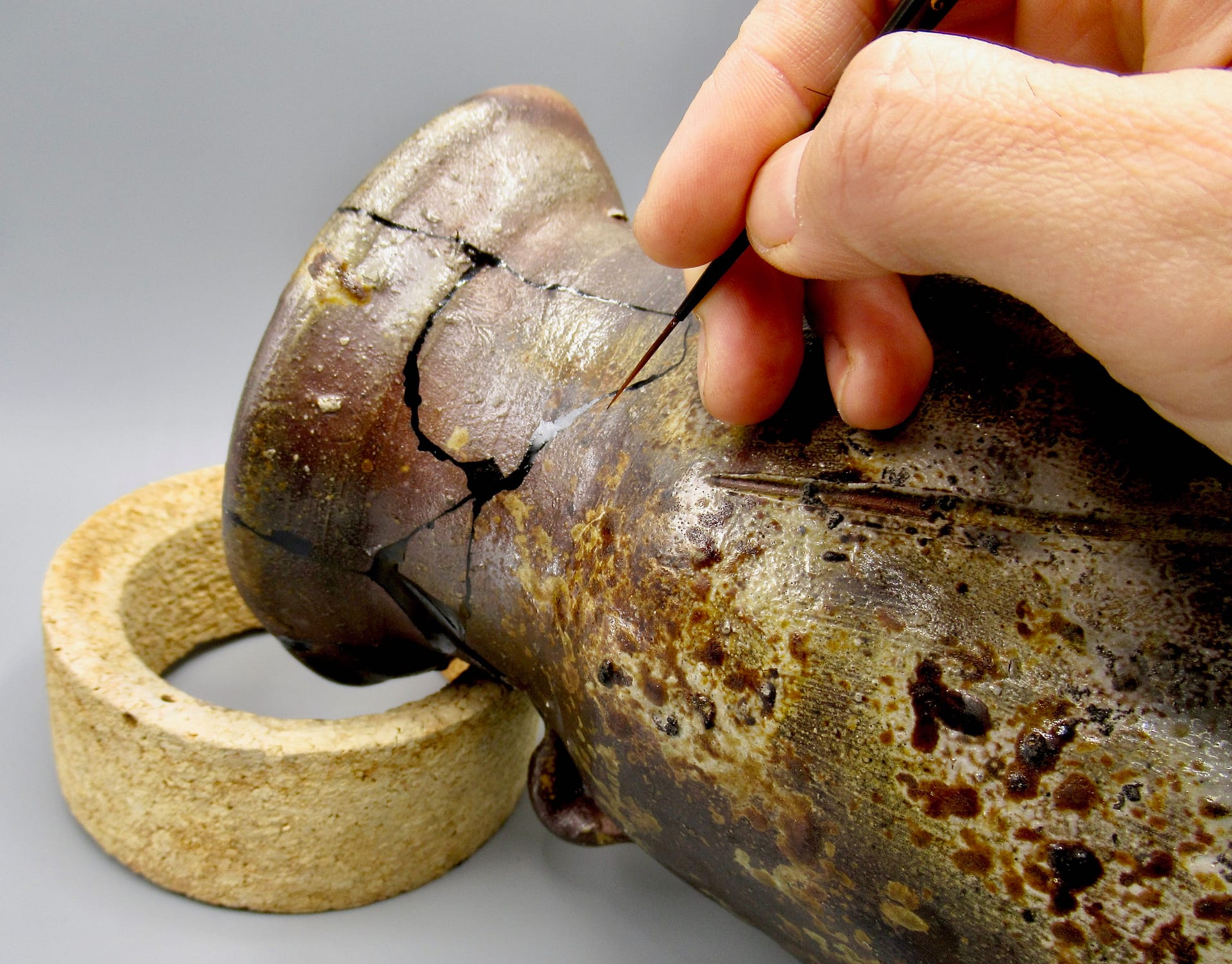Portland Japanese Garden is a natural vehicle through which to explore Japanese art and design. Art exhibitions explore ideas and aesthetics integral to the fabric of life in Japan. Introducing a wide array of artists and art forms, these exhibitions reflect on ways we experience peace through connections to art, nature, and one another.
Art exhibitions at Portland Japanese Garden began with Diane Durston, Curator Emerita (former Arlene Schnitzer Curator of Culture, Art and Education from 2007-2018). It launched with a series of four special exhibitions a year— one for each of the four seasons—that would reflect the intersection of art and nature and introduce the importance of seasonality in Japanese art and gardens. The exhibitions would celebrate work influenced by the aesthetics of Japan or created in response to the Garden itself.
Aki Nakanishi, Portland Japanese Garden’s current Arlene Schnitzer Curator of Culture, Art, and Education explains, “Traditionally, the role of Japanese gardens is to offer a place of quiet contemplation detached from the noise of modern society. But at the same time, Japanese gardens have always embraced, if not strived for a sense of symbiosis created at the intersection of architecture, art, and nature, which demonstrates the balance that can be achieved when nature and human ingenuity converge.”
Now more than a decade later, Portland Japanese Garden has successfully introduced the work of more than 75 artists representing Japan and its unique artistic traditions. The works come from internationally known artists—some of whom have been recognized as Living National Treasures in Japan, as well as rising young artists and artisans from all parts of the country.
Kintsugi: The Restorative Art of Naoko Fukumaru

Portland Japanese Garden is thrilled to feature Kintsugi: The Restorative Art of Naoko Fukumaru in our Pavilion and Calvin and Mayho Tanabe Galleries this fall. Kintsugi is an ancient method of mending damaged ceramics using urushi (natural lacquer) dusted with powdered gold. This type of mending highlights the beauty of imperfections, rather than trying to hide them. This timely exhibition will explore universally resonant themes of healing through the artwork of kintsugi artist and master conservator Naoko Fukumaru.
For information about the lecture accompanying this exhibition, or to reserve a ticket, please follow this link.
Kintsugi and the Nature of Mindfulness: A Fireside Chat
From Naoko Fukumaru
“I visited Portland Japanese Garden in November 2022. I was drawn in by each element of the landscape, which brought up nostalgic childhood memories of my grandparents taking me to various Japanese gardens in Kyoto. Moss carpets created spaces of deep tranquility and transcendent beauty; water flowing through the rocks of the creek symbolized the flow of life; and skillfully pruned pine trees were stylized structures that lent each of the specimens its own personality. I was fascinated by the authenticity and magic of Portland Japanese Garden. At the end of my visit, I realized that care and love are the main ingredients of this place. It was unmistakable that staff, volunteers, visitors, and all who were involved in this Garden, were giving so much love, care, passion, and pride here. This truly resonates with my kintsugi artwork. Kintsugi is a 500-year-old art form of mending damaged ceramics with urushi, natural lacquer, dusted with powdered gold. This method of mending is seen as enhancing the beauty and value of objects by celebrating their imperfection and impermanence. This approach is the opposite of traditional Western ceramic restoration, in which the damage to the work is sought to be hidden, which I studied and practiced for 25 years.”



Explore Previous Art Exhibitions
2022 Art Exhibitions
- Garden of Resonance: The Art of Jun Kaneko (10/1/2022 – 2/20/2023)
- Gifts from Japan: A Horticultural Tale Told Through Botanical Art (5/14/2022 – 7/4/2022)
- Fashion and Fantasy: The Art of Netsuke Carvings (2/12/22 – 4/17/22)
- Ukiyo-e to Shin Hanga: Changing Tastes in Japanese Woodblock Prints (11/20/21 – 1/30/22)
2021 Art Exhibitions
- Ukiyo-e to Shin Hanga: Changing Tastes in Japanese Woodblock Prints (11/20/21 – 1/30/22)
- Painting Paradise: Art of Daisuke Nakano (6/12/21 – 7/18/21)
- The Gates of Hope: Connecting Cultures (4/24/21 – 5/31/21)
- Ishimoto Yasuhiro: Architecture + Nature + Culture (2/18/21 – 4/11/21)
- Healing Nature: Gardens and Art of Manzanar with photographs by Ansel Adams, Dorothea Lange, and Toyo Miyatake (12/4/20 – 1/21/21)
2018 Art Exhibitions
- Hanakago: The Art of Bamboo and Flowers (2/3/18 – 4/1/18)
- Shokunin: Five Kyoto Artisans Look to the Future (5/12/18 – 7/8/18)
- Gion Matsuri: The World’s Oldest Urban Festival (9/15/18 – 11/4/18)
- Manga Hokusai Manga (12/1/18 – 1/14/19)